European Pear : BARTLETT Semi-Dwarf (OHxF 333) (Orchard Grade)
$37.95
An 'orchard grade' is a tree that may be somewhat shorter, slightly crooked, or a bit scratched, or for some other reason is not a perfect front lawn specimen. These trees will work just as well in an orchard as a first or number one would, since they still produce the very same fruit.
Bartlett really needs no introduction, as it is the most popular pear in North America, and also in Europe, where it is known as 'Williams'. As a consequence it is the standard to which all others are compared, in terms of fruit quality, ripening time, and disease resistance. Back around 1770 it was discovered as a wild pear in Berkshire, England. After being introduced on this side of the Atlantic, it was distributed by Enoch Bartlett whose name ended up sticking to it. Bartlett remains a favorite for eating fresh and canning, despite significant fireblight challenges.
SEMI-FERTILE* | ZONE 5 | HARVEST: EARLY SEPT.
2 reviews for European Pear : BARTLETT Semi-Dwarf (OHxF 333) (Orchard Grade)
Only logged in customers who have purchased this product may leave a review.
Growing Tips
All European (regular) and Asian pears will pollinate each other providing their bloom times overlap. Generally you can go by the expected harvest time, meaning only the very early and the very late might not be compatible with each other. However, since Asian pears, on average, bloom earlier than Europeans, you might pair an early European with a mid or late Asian.
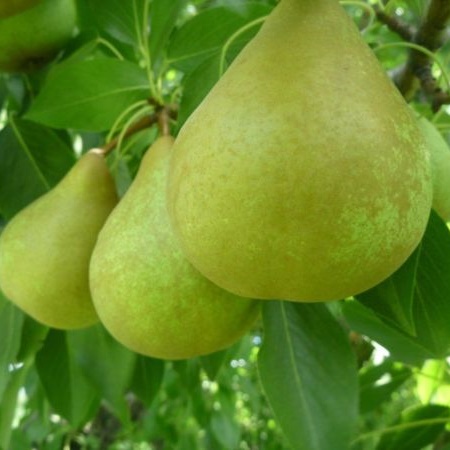
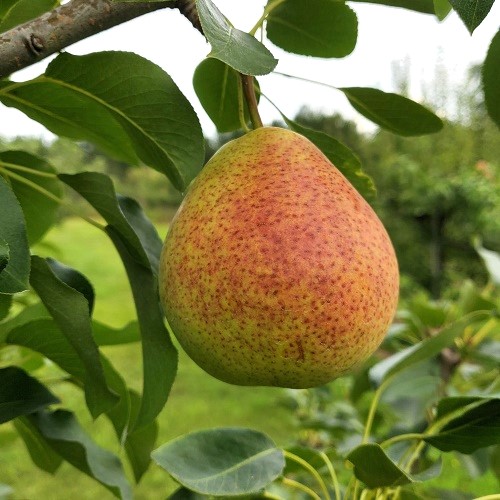
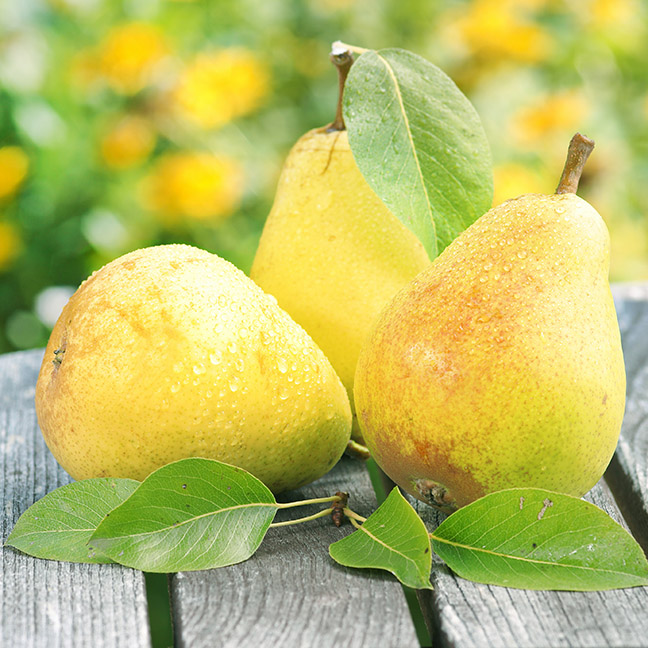
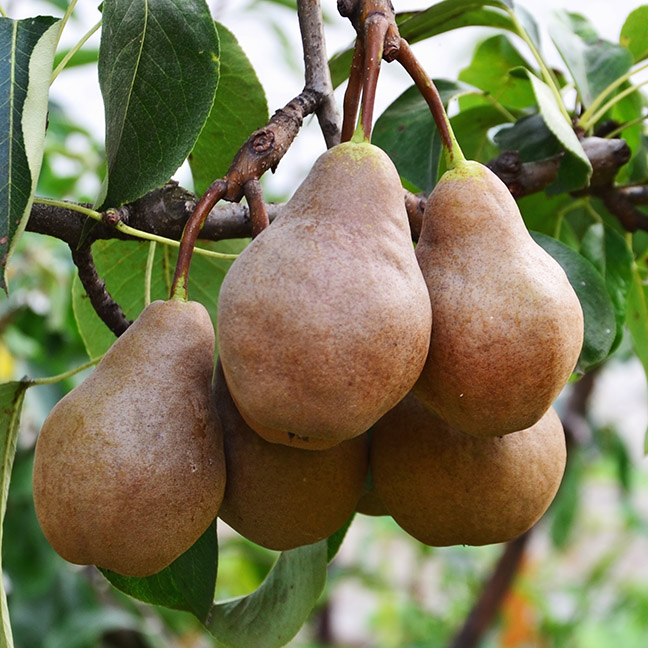
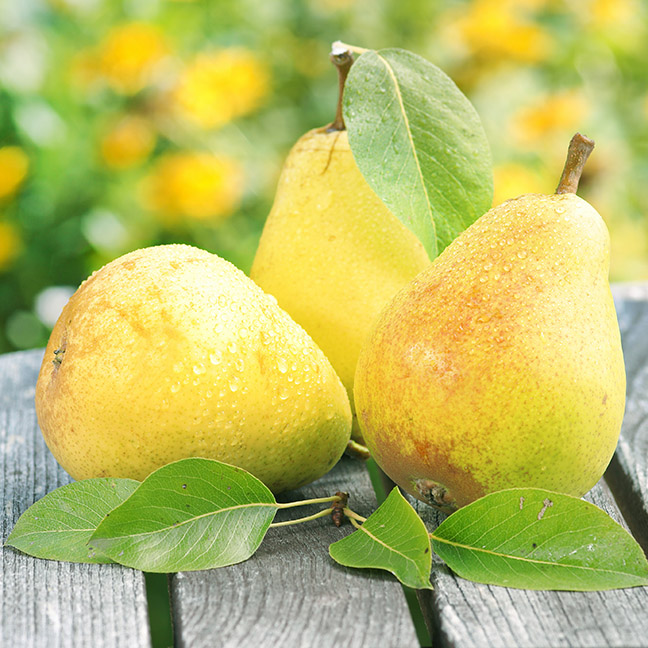
Geoffrey aikens (verified owner) –
Very good condition when arrived and thriving nicely.
Anonymous (verified owner) –